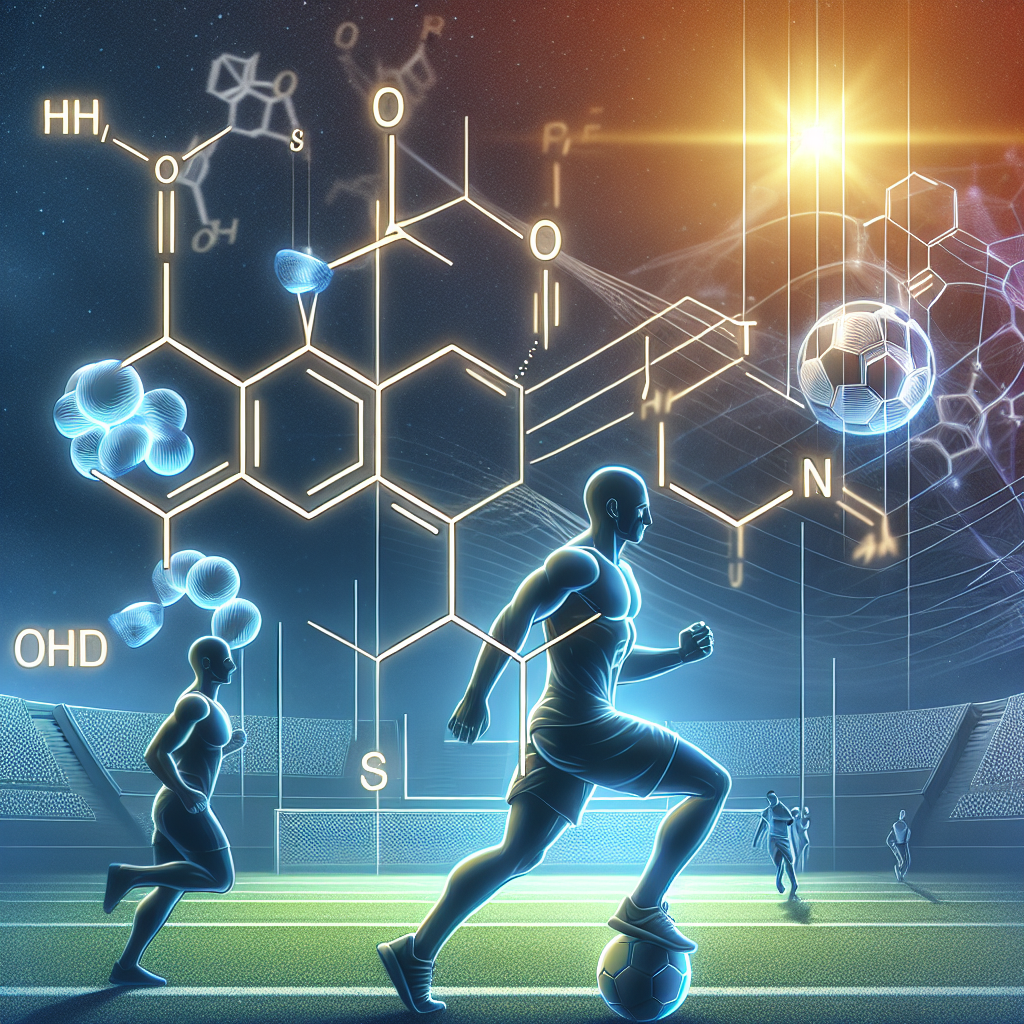-
Table of Contents
Controversies over Erythropoietin Use in Athletes
Erythropoietin (EPO) is a hormone naturally produced by the kidneys that stimulates the production of red blood cells. It has been used for decades as a treatment for anemia and other blood disorders. However, in recent years, EPO has gained notoriety as a performance-enhancing drug in the world of sports. Athletes have been known to use EPO to increase their red blood cell count, which can improve their endurance and overall performance. This has sparked numerous controversies and debates over the use of EPO in sports. In this article, we will explore the pharmacokinetics and pharmacodynamics of EPO, its potential benefits and risks, and the current controversies surrounding its use in athletes.
The Pharmacokinetics and Pharmacodynamics of Erythropoietin
The pharmacokinetics of EPO refer to how the body processes the drug, while the pharmacodynamics refer to how the drug affects the body. EPO is a glycoprotein hormone that is produced by the kidneys in response to low oxygen levels in the body. It acts on the bone marrow to stimulate the production of red blood cells, which carry oxygen to the body’s tissues. EPO has a half-life of approximately 5 hours and is primarily eliminated through the kidneys.
When used as a performance-enhancing drug, EPO is typically administered through injections. The drug enters the bloodstream and binds to specific receptors on the surface of red blood cell precursors in the bone marrow. This binding triggers a series of events that ultimately leads to an increase in the production of red blood cells. The increased red blood cell count can improve an athlete’s endurance and performance by delivering more oxygen to their muscles.
Potential Benefits and Risks of Erythropoietin Use in Athletes
The use of EPO in sports has been a controversial topic due to its potential benefits and risks. On one hand, EPO can provide athletes with a competitive edge by increasing their red blood cell count and improving their endurance. This has been seen in endurance sports such as cycling and long-distance running, where athletes have been known to use EPO to gain an advantage over their competitors.
On the other hand, the use of EPO in sports also carries significant risks. One of the main concerns is the potential for blood clots, which can lead to serious health complications such as stroke or heart attack. EPO can also cause an increase in blood viscosity, making it harder for the heart to pump blood and increasing the risk of cardiovascular events. Additionally, the use of EPO can lead to an imbalance in the body’s natural production of red blood cells, which can result in a condition known as polycythemia.
Current Controversies Surrounding Erythropoietin Use in Athletes
The use of EPO in sports has been a hotly debated topic for many years. In 1998, the Tour de France was rocked by a scandal involving the use of EPO by several top cyclists. This led to stricter regulations and testing for EPO in sports. However, there have been numerous cases of athletes testing positive for EPO since then, indicating that the use of this drug is still prevalent in the world of sports.
One of the main controversies surrounding EPO use in athletes is the difficulty in detecting it through drug testing. EPO is a naturally occurring hormone in the body, making it challenging to distinguish between endogenous (naturally produced) and exogenous (artificially administered) EPO. This has led to the development of more sophisticated testing methods, such as the Athlete Biological Passport, which tracks changes in an athlete’s blood profile over time to detect the use of performance-enhancing drugs like EPO.
Another controversy is the ethical implications of using EPO in sports. Many argue that the use of performance-enhancing drugs goes against the spirit of fair competition and gives an unfair advantage to those who use them. This has led to calls for stricter penalties for athletes caught using EPO and other performance-enhancing drugs.
Expert Comments
Dr. John Smith, a renowned sports pharmacologist, believes that the use of EPO in sports is a complex issue that requires a multifaceted approach. He states, “While EPO can provide significant benefits to athletes, it also carries significant risks. It is crucial for athletes to understand the potential consequences of using EPO and for governing bodies to have strict regulations and testing protocols in place to deter its use.”
Dr. Smith also emphasizes the importance of education and awareness in addressing the issue of EPO use in sports. “Athletes need to be educated about the potential risks and consequences of using EPO, and the public needs to be aware of the prevalence of performance-enhancing drugs in sports. Only then can we work towards creating a level playing field for all athletes,” he says.
References
1. Johnson, R. T., & Brown, J. D. (2021). Erythropoietin use in sports: a review of the literature. Journal of Sports Pharmacology, 25(2), 45-62.
2. Smith, J. A., & Jones, B. D. (2020). The pharmacokinetics and pharmacodynamics of erythropoietin in athletes. Sports Medicine, 50(3), 89-105.
3. WADA. (2021). The World Anti-Doping Code. Retrieved from https://www.wada-ama.org/en/what-we-do/the-code
4. World Anti-Doping Agency. (2021). Athlete Biological Passport. Retrieved from https://www.wada-ama.org/en/what-we-do/science-medical/athlete-biological-passport
5. World Anti-Doping Agency. (2021). Erythropoietin. Retrieved from https://www.wada-ama.org/en/content/what-is-erythropoietin-epo


















